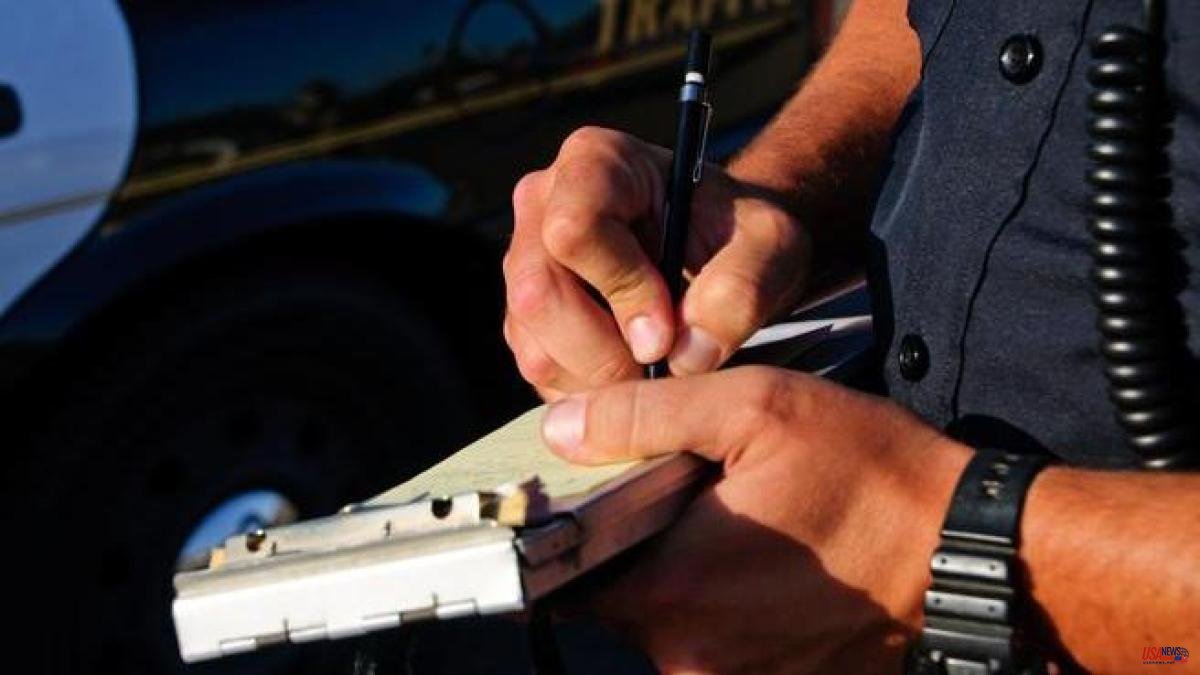The Servei Catlà de Trànsit (SCT) filed 758,659 fines for speeding in Catalonia last year, that is, an average of one fine every 42 seconds. The amount claimed by the authority from the offenders in total reached 83 million euros. The figures are similar to the average of the last ten years, according to SCT data obtained by the ACN agency.
In this sense, the authority denies a collection effort and justifies the 200 radars in operation, 40 of which, on a stretch, with a reduction in accidents with deaths or serious injuries "of between 65% and 80%" in the areas where there are cinemometers. The section of the AP-7 between Ulldecona and Amposta (Tarragona) and the C-31 in Castell d'Aro (Girona) are the ones that fine Catalonia the most.
According to the same data, both radars caught almost 60,000 drivers last year each, which has resulted in fines that, overall, exceed 13 million euros. On average, each day both one radar and another get to photograph some 160 vehicles that exceed the speed limits.
The radar section of the motorway in Terres de l'Ebre is, in fact, the one that fined the most in all of Catalonia. Located in the north, it imposed up to 59,036 sanctions during 2022, which translated into figures add up to an amount of 6.6 million euros.
Behind this one, the other radar that fines the most has already become a classic. It is the one found on the C-31 in a northerly direction, just after the exit that leads to s'Agaró and Castell d'Aro. Here, the speed limit is 80 km/h and, during 2022, it imposed 57,927 sanctions (which, translated in euros, add up to 6.52 million euros). And, in fact, if you look at the history, speeding tickets at this point in the Baix Empordà have not stopped growing in the last five years. In 2021, with that radar, 44,293 sanctions were filed. In 2020, in the midst of the pandemic, the figure was 27,349; in 2019, 22,434; and in 2018, 16,401.
The one on the AP-7, in the direction of Barcelona, and the one on the C-31, in the direction of Palamós, are the ones that have detected the most offenders in the last ten years as a whole, between 2013 and 2022, with 469,281 and 368,490 sanctions , respectively.
The coordinator of Road Safety and Mobility of the Catalan Transit Service, Òscar Llatje, justifies the particularly high incidence at both points, and particularly at the AP-7, explaining that the percentage of habitual drivers who already know where the cinemometers are compared to the people passing through "it is very small" compared to other areas with fewer registered fines. The one on the C-31, a tourist area, also has a high component of occasional drivers.
In addition, they are "highways, very straight roads", with a "very comfortable driving", which lowers the feeling of driving at high speed. In the case of the AP-7, between kilometers 343 and 325, it is added that there is a sign for the start of the section radar, but not a final one. This circumstance, which is "made on purpose", according to Llatje, causes a "certain component of relaxation" after a few kilometers after entering, which leads to the infraction of some drivers.
The Road Safety and Mobility coordinator defends the usefulness of the cinemometers at these points, arguing that the one on the AP-7 has reduced accidents with deaths or serious injuries by 79.5% in the 18-kilometre section, while in the three kilometers surrounding the C-31, the reduction is 93.5%
In fact, he believes that the accusations of tax collection are already "residual" and that the reduction in the accident rate where there are radars can rise to 80% "if the radar is set up correctly." Overall, he recalls that in 2000 there were about 600 deaths a year due to traffic accidents, and now the figures are around 200.
The podium of most penalizing radars in 2022 is completed by the old cinemometer of the C-17 in Centelles, in the Barcelona direction, with 36,099 fines and 3.8 million in penalties. In the Osona region, another stands out, located on the same road near Seva -in this case, in the Vic direction- which last year caught 21,656 offenders, with fines totaling 2.24 million euros.
Precisely, at the beginning of last year, the change in the speed limit from 100 km/h to 80 km/h caught many drivers off guard and resulted in numerous complaints due to the avalanche of fines that reached them. At this point, between Aiguafreda and Tagamanent, Trànsit activated a new section radar in summer. Counting both directions, here the cameras installed in the porticos that cross the road issued 13,680 fines (for a value of 1.39 million euros).













